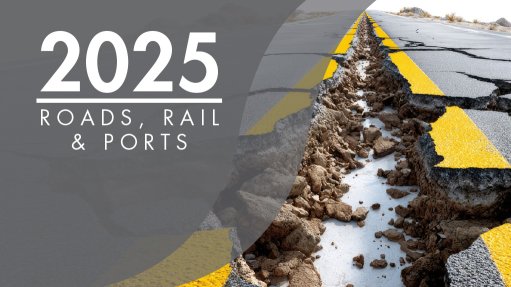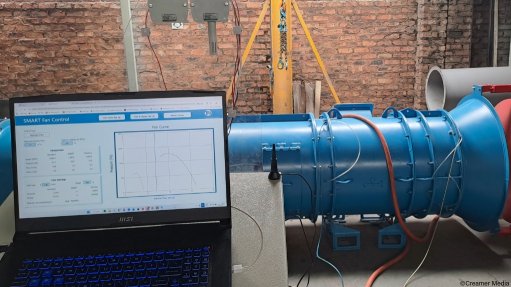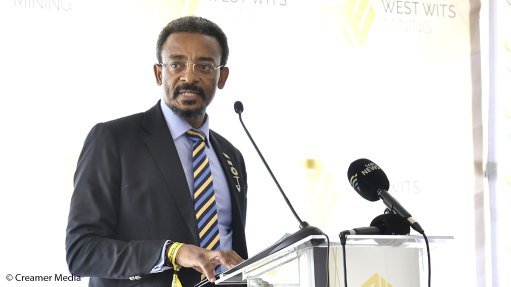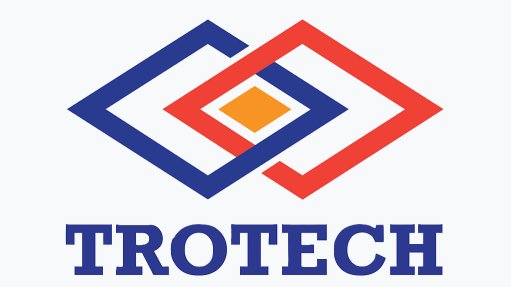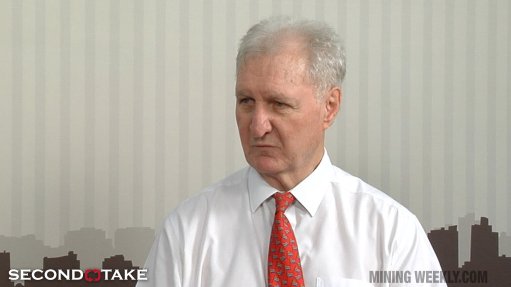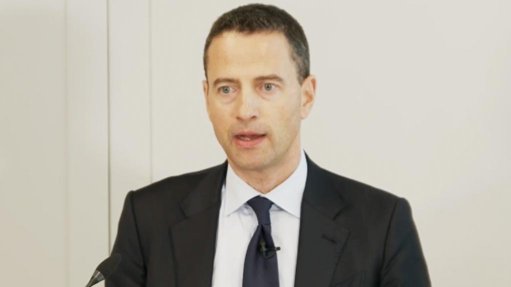Tool helps address civil engineering, construction industry capacity gaps


ELSABE KEARSLEY Professor Kearsley believes that the GECR is a scientific tool that offers engineers the ability to design targeted interventions to ensure infrastructure development and maintenance
The Global Engineering Capability Review (GECR) is a first-of-its-kind tool created by international engineering body Royal Academy of Engineering (RAE) in partnership with global safety charity Lloyd’s Register Foundation to assist civil engineering and construction stakeholders in identifying capacity gaps and factors limiting sustainable development.
This tool offers a scientific means of identification to help promote the design of targeted interventions to ensure infrastructure development and maintenance, says tertiary education institution University of Pretoria civil engineering professor Elsabe Kearsley.
The GECR is particularly apt in a country such as South Africa, where the number of artisans and civil engineering experts continues to decline. This decline is owed to numerous factors, including retirement, emigration, young engineers leaving the profession to pursue other careers, and unemployed engineers who cannot access practical skills development and mentorship opportunities – ideally offered by experienced engineers with up to 30 years’ experience in the industry – thereby limiting employment opportunities.
This results in suboptimal skills transfer to the country’s new generation of engineers and artisans, reducing the country’s engineering capability.
“Over the last 30 years, very few artisans have been trained, and manual skills shortages are critical. This is down, in part, to the lack of training facilities or internships for artisans such as carpenters, plumbers, bricklayers, laboratory technicians, and so on – which is greatly hindering the sector. As more artisans retire, the issue will only get worse, unless things change,” says Kearsley.
Additionally, she says that there are several other capacity gaps within the industry, including a lack of investment across numerous areas, such as equipment and product testing, codes and policies, governance, diversity and academia.
This is detrimental to the country’s current rank as the fourteenth-best when it comes to maintaining a high capacity for establishing international partnerships, engineering expertise and investing in infrastructure – as confirmed by the RAE.
However, the GECR – which is based on information about engineering capacity in 115 countries and has 76 indicators – can provide valuable insights into the problems within the South African industry, so that relevant stakeholders and institutions can start to address the capacity gaps.
“In developing countries, technicians and artisans can reduce the overall skills gap and make a significant contribution toward improving on-site oversight, supporting engineers,” she adds, noting that the GECR can help vested parties properly allocate efforts to strengthen overall engineering capacity.
Further, the GECR highlights three key stakeholder groups responsible for advancing engineering capacity in South Africa, namely professional engineers, government and the broader engineering industry.
The professional engineers are responsible for progressing skills and experience development, as well as academia and diversity. The government is responsible for implementing viable codes and policies and facilitating engineering expertise and investment. The industry is responsible for creating employment and facilitating training, partnerships and continuous investment in equipment and product testing.
She adds that the GECR indicators can be further refined to provide value, in that it can suggest “alternative routes” for skills development whereby experienced artisans without degrees can contribute to the transfer of practical skills and knowledge for the betterment of the industry.
This could also contribute to “hands-on” education for up-and-coming engineering professionals and artisans, which is under threat from the “mere visual representations” on offer from AI training models.
Therefore, in addition to the professional engineering workforce, key stakeholders ought to consider artisans and those without degrees, whose practical skills are essential to the overall engineering ecosystem.
Kearsley says, going forward, it is important that government allocate investment to the construction and maintenance of infrastructure, as this will contribute to job creation and aid the development of industry practitioners.
“If corrupt tender practices and illegal imports of substandard building materials can be eliminated, the South African engineering and construction sector has the capacity and the will to not only repair ageing infrastructure, but to ensure that our country strives towards meeting the UN Sustainable Development Goals by expanding existing infrastructure,” she avers.
Gaps identified in the GECR 2025 will help inform a series of global workshops led by Engineering X and Lloyd’s Register Foundation, centred on the socioeconomic opportunities generated by improved engineering capability. Additionally, funding may be available to entities proposing initiatives aligned with the foundation’s strategy.
There is a mailing list for the GECR for anyone looking for more information and the GECR’s findings are available on the foundation’s website.
Article Enquiry
Email Article
Save Article
Feedback
To advertise email advertising@creamermedia.co.za or click here
Press Office
Announcements
What's On
Subscribe to improve your user experience...
Option 1 (equivalent of R125 a month):
Receive a weekly copy of Creamer Media's Engineering News & Mining Weekly magazine
(print copy for those in South Africa and e-magazine for those outside of South Africa)
Receive daily email newsletters
Access to full search results
Access archive of magazine back copies
Access to Projects in Progress
Access to ONE Research Report of your choice in PDF format
Option 2 (equivalent of R375 a month):
All benefits from Option 1
PLUS
Access to Creamer Media's Research Channel Africa for ALL Research Reports, in PDF format, on various industrial and mining sectors
including Electricity; Water; Energy Transition; Hydrogen; Roads, Rail and Ports; Coal; Gold; Platinum; Battery Metals; etc.
Already a subscriber?
Forgotten your password?
Receive weekly copy of Creamer Media's Engineering News & Mining Weekly magazine (print copy for those in South Africa and e-magazine for those outside of South Africa)
➕
Recieve daily email newsletters
➕
Access to full search results
➕
Access archive of magazine back copies
➕
Access to Projects in Progress
➕
Access to ONE Research Report of your choice in PDF format
RESEARCH CHANNEL AFRICA
R4500 (equivalent of R375 a month)
SUBSCRIBEAll benefits from Option 1
➕
Access to Creamer Media's Research Channel Africa for ALL Research Reports on various industrial and mining sectors, in PDF format, including on:
Electricity
➕
Water
➕
Energy Transition
➕
Hydrogen
➕
Roads, Rail and Ports
➕
Coal
➕
Gold
➕
Platinum
➕
Battery Metals
➕
etc.
Receive all benefits from Option 1 or Option 2 delivered to numerous people at your company
➕
Multiple User names and Passwords for simultaneous log-ins
➕
Intranet integration access to all in your organisation






